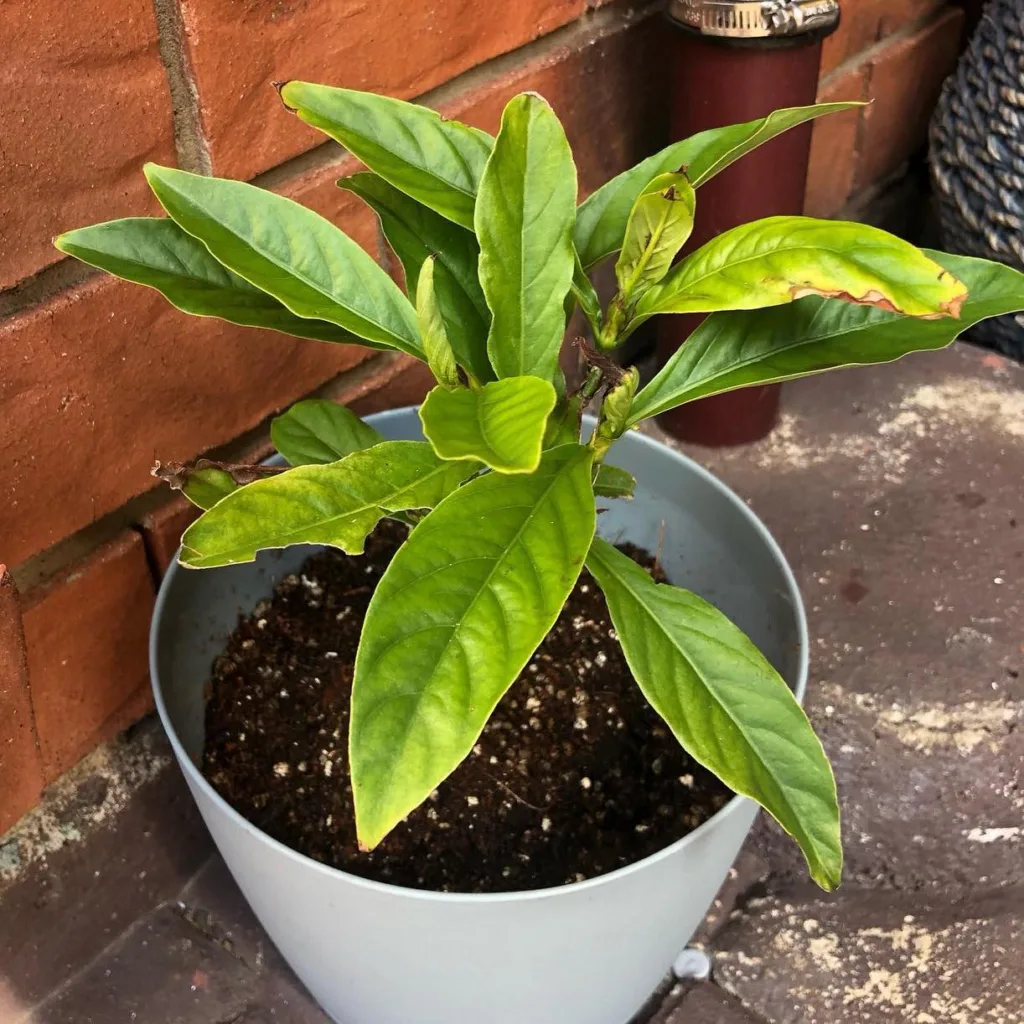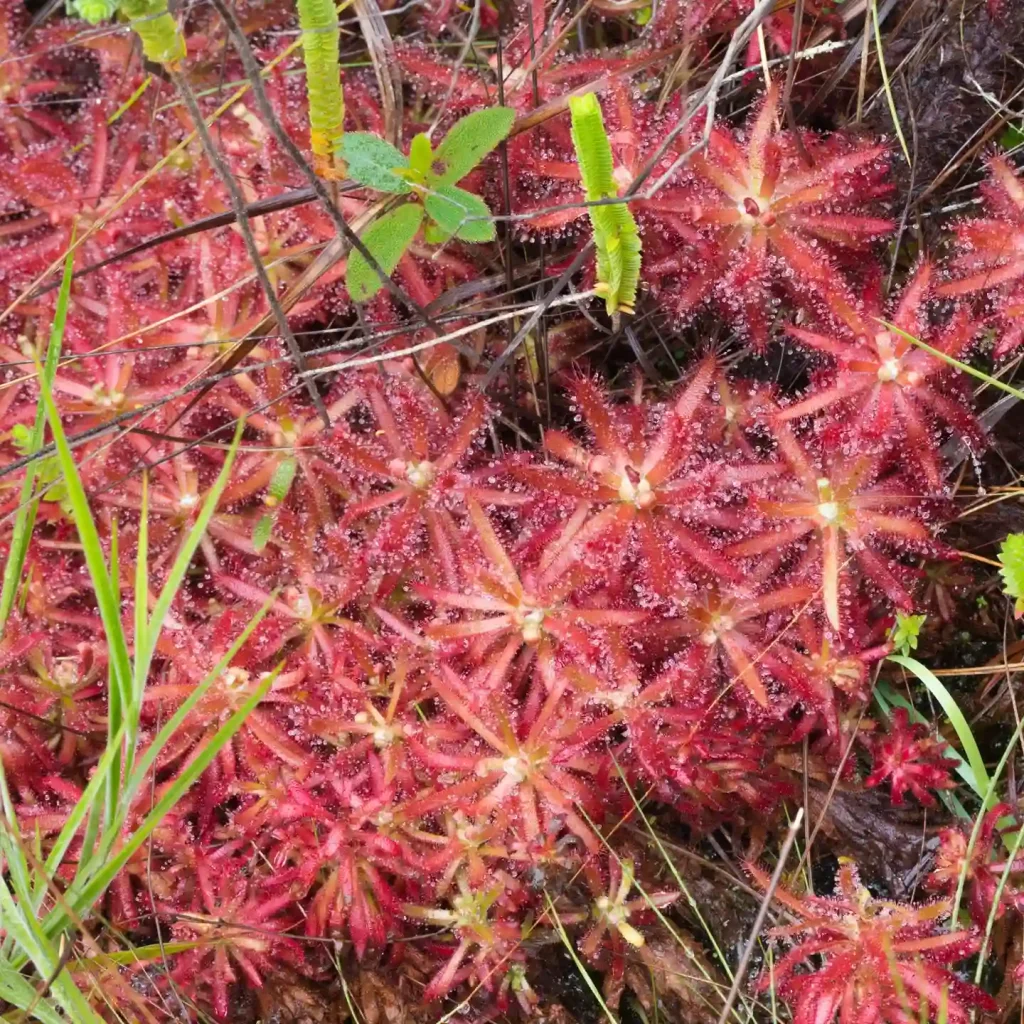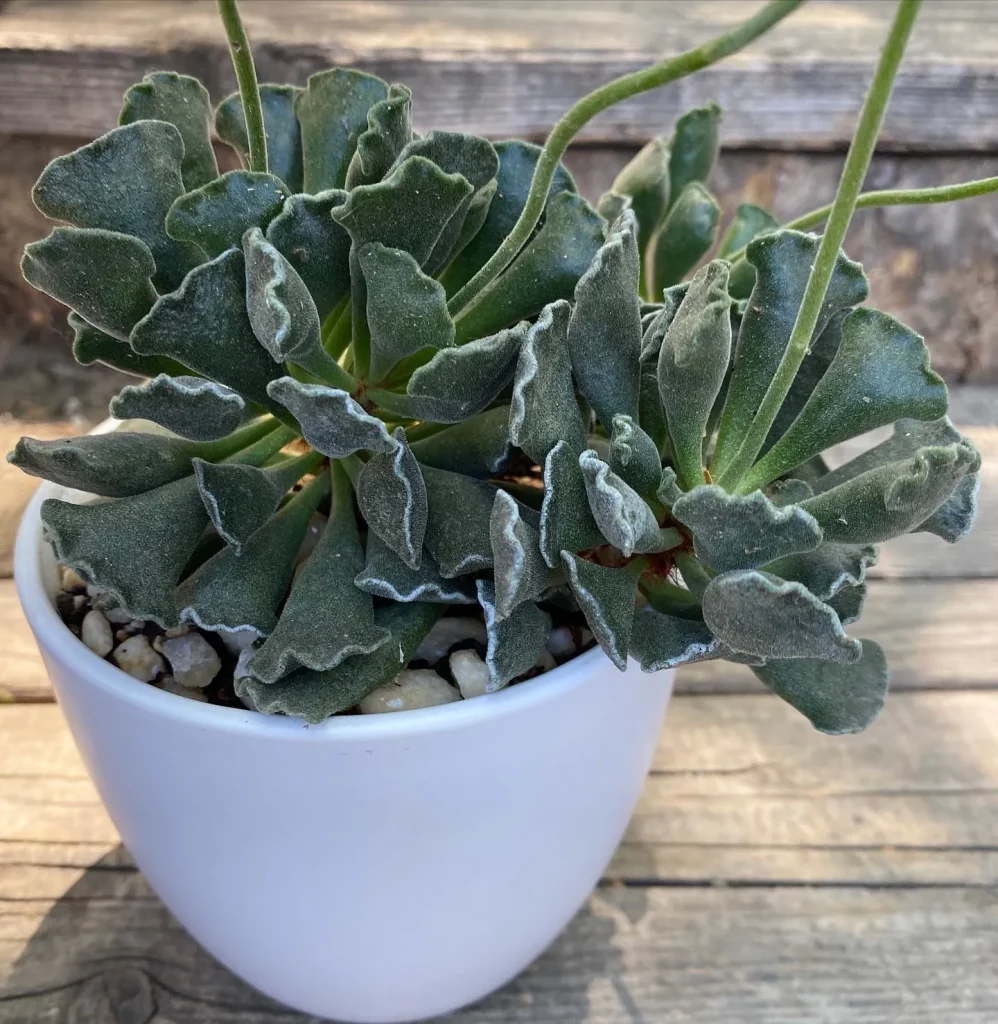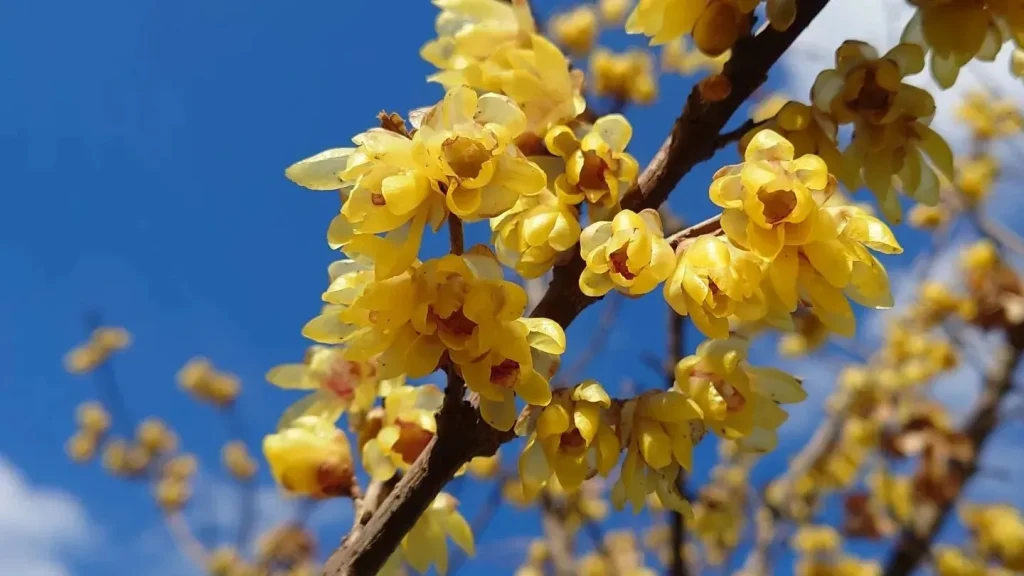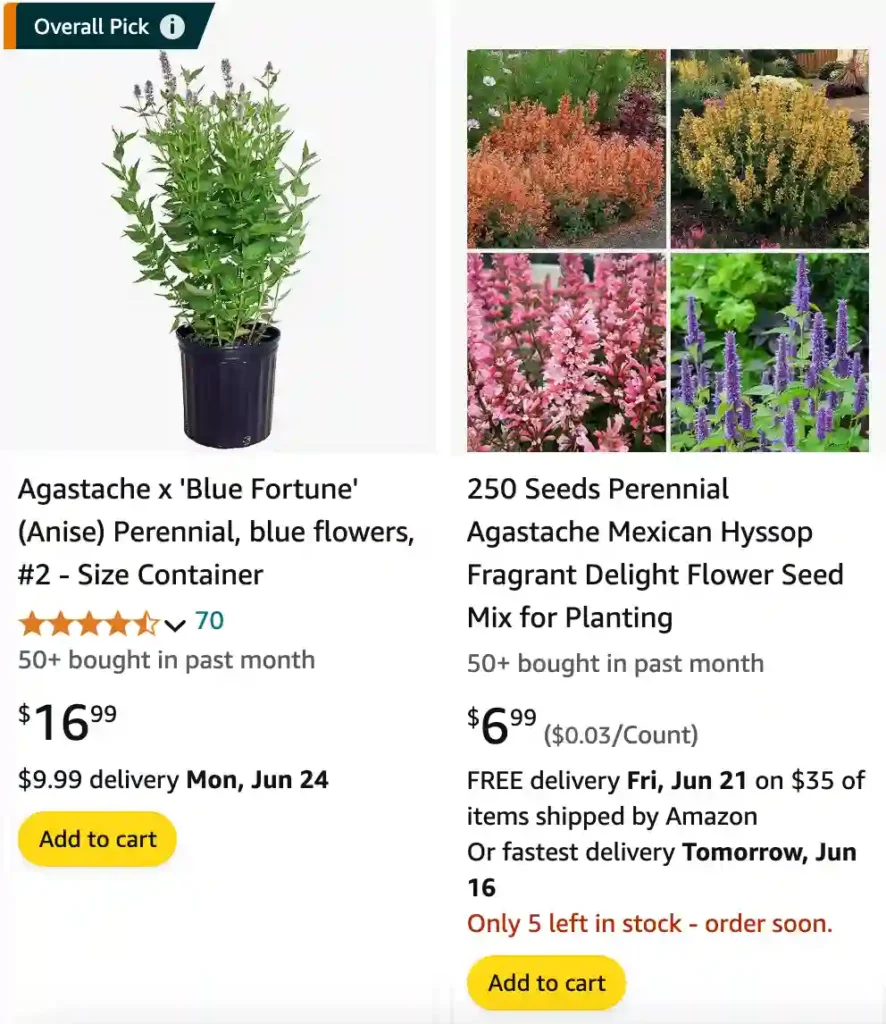
March 14 – Agastache
"Agastache, the hummingbird mint, represents March 14."
Agastache’s fragrant flowers symbolize vitality and joy. You have a lively spirit and bring positivity wherever you go. Your charisma is as refreshing as the scent of this plant.
Agastache: A Gardener’s Delight
My name is Ferb Vu, and I’m an avid gardener with a particular fondness for the genus Agastache. These plants, with their vibrant blooms and aromatic foliage, have captivated me for years. They’re not just beautiful; they’re hardy, attract pollinators, and thrive in a variety of conditions. Let me share my knowledge and enthusiasm for this wonderful genus with you.
What is Agastache?
Agastache, commonly known as hyssop or hummingbird mint, belongs to the Lamiaceae family, which also includes mint and lavender. This gives them their characteristic square stems and opposite leaves. Most Agastache species are native to North America, but one hails from East Asia. They’re herbaceous perennials, meaning they die back to the ground in winter and re-emerge in spring.
One of the things I love most about Agastache is its versatility. These plants are incredibly adaptable and can tolerate a range of conditions, from full sun to partial shade and various soil types. They’re also relatively low-maintenance, requiring minimal watering once established.
A Visual Feast
The flowers of Agastache are a sight to behold. They bloom in a variety of colors, including shades of purple, pink, orange, red, and white. These flowers are arranged in dense, elongated clusters, creating a striking visual effect. The blooming period is long, often extending from mid-summer to fall, providing continuous color in the garden.
But the beauty of Agastache extends beyond the flowers. The foliage is equally attractive, often with a silvery-green hue and a delightful fragrance. Some species, like anise hyssop (Agastache foeniculum), have a licorice-like scent, while others, like Korean mint (Agastache rugosa), release a minty aroma when crushed.
A Haven for Pollinators
Agastache is a magnet for pollinators. Bees, butterflies, and hummingbirds flock to these plants, drawn by their nectar-rich flowers. I love watching the hummingbirds hover around the blooms, their wings a blur of motion. Planting Agastache in your garden not only adds beauty but also supports the local ecosystem.
A Diverse Genus
The genus Agastache comprises around 23 species, each with its unique characteristics. Here are:
- Agastache aurantiaca (A.Gray) Lint & Epling
- Agastache breviflora (A.Gray) Epling
- Agastache cana (Hook.) Wooton & Standl.
- Agastache coccinea (Greene) Lint & Epling
- Agastache cusickii (Greenm.) A.Heller
- Agastache eplingiana R.W.Sanders
- Agastache foeniculum (Pursh) Kuntze Plant FAQs: Anise Hyssop – Agastache Foeniculum
- Agastache mearnsii Wooton & Standl.
- Agastache mexicana (Kunth) Lint & Epling
- Agastache micrantha (A.Gray) Wooton & Standl.
- Agastache nepetoides (L.) Kuntze
- Agastache occidentalis (Piper) A.Heller
- Agastache pallida (Lindl.) Cory
- Agastache pallidiflora (A.Heller) Rydb.
- Agastache palmeri (B.L.Rob.) Standl.
- Agastache parvifolia Eastw.
- Agastache pringlei (Briq.) Lint & Epling
- Agastache rugosa (Fisch. & C.A.Mey.) Kuntze Plant FAQs: Agastache Rugosa – Korean Mint
- Agastache rupestris (Greene) Standl. Plant FAQs: Agastache Rupestris – Licorice Mint – Sunset Hyssop
- Agastache sandersiana J.G.González
- Agastache scrophulariifolia (Willd.) Kuntze Plant FAQs: Agastache Scrophulariifolia – Purple Giant Hyssop
- Agastache urticifolia (Benth.) Kuntze
- Agastache wrightii (Greenm.) Wooton & Standl.
How to care for Agastache?
Agastache thrives in sunny locations with well-draining soil. They’re not fussy about soil fertility, preferring lean conditions. In fact, over-fertilizing can hinder flowering. Clayey or waterlogged soil is a recipe for disaster, so ensure proper drainage.
These low-maintenance plants don’t require frequent watering once established. Regular watering during their initial growth phase is key, but after that, occasional deep watering suffices, especially during hot spells. Avoid overwatering, which can lead to root rot.
For vibrant blooms, deadheading spent flowers is recommended. This encourages continued flowering throughout the season. In colder climates, it’s best to cut back the foliage in late fall or early spring before new growth emerges.
Propagation: Sharing the Joy
Agastache can be propagated through seeds or division. Seed germination takes about two to three weeks. However, be aware that seedlings might not always retain the exact characteristics of the parent plant.
Division, on the other hand, is a reliable way to ensure you get identical offspring. Divide established clumps in early spring or fall when the plant is dormant. Simply dig up the clump, carefully separate the roots, and replant the divisions in their new locations.
Is Agastache a mint?
While Agastache belongs to the Lamiaceae family, just like mint, they’re not true mints. However, some varieties, like Anise Hyssop (Agastache foeniculum), possess a delightful anise scent in their leaves.
Is Agastache deer resistant?
Absolutely! Deer tend to avoid Agastache due to their strong fragrance and somewhat coarse foliage. This makes them a perfect choice for gardens plagued by deer browsing.
Can I grow Agastache in containers?
Yes, Agastache adapts well to container life. Choose a pot with good drainage and use a well-draining potting mix. Ensure the container receives ample sunlight and water regularly, especially during hot weather.
How long does Agastache bloom?
The blooming period for Agastache typically stretches from midsummer to early fall. Deadheading spent flowers encourages continuous flowering throughout the season.
What are some companion plants for Agastache?
Agastache pairs beautifully with a variety of plants. Consider including ornamental grasses, Rudbeckia, Echinacea, or other perennials with contrasting bloom colors and textures.
Hyssop vs Agastache
When it comes to fragrance, I find Hyssop to have a more subtle, earthy scent that reminds me of fresh herbs in the garden, whereas Agastache has a sweeter, almost minty aroma that lingers longer in the air, making it perfect for tea infusions.
Agastache vs Salvia
Agastache, for me, stands out with its vibrant spikes of color that attract hummingbirds and butterflies, while Salvia, with its more compact flowers and varied hues, adds a classic touch to my garden borders, especially in hot summer months.
Agastache vs Lavender
Both Agastache and Lavender are sun-loving, low-maintenance perennials with fragrant foliage. However, there are some key differences. Agastache boasts a wider range of flower colors, including pink, orange, and purple, while Lavender is primarily known for its blue blooms.
Agastache offers a longer blooming season compared to Lavender. Additionally, Agastache is generally more attractive to hummingbirds, while Lavender attracts a wider variety of pollinators.
Beyond Beauty: Culinary and Medicinal Uses
The leaves and flowers of certain Agastache varieties, particularly Anise Hyssop, are edible. The leaves possess a mild licorice flavor and can be used fresh or dried in teas, salads, or even desserts.
Some cultures have traditionally used Agastache for medicinal purposes. However, it’s crucial to consult a healthcare professional before using Agastache medicinally, as some varieties might have side effects.
In conclusion, Agastache is a delightful addition to any garden. Their vibrant blooms, attractive foliage, and low-maintenance nature make them a winner. So, why not add a touch of fragrant beauty to your garden with Agastache?
If i die, water my plants!
